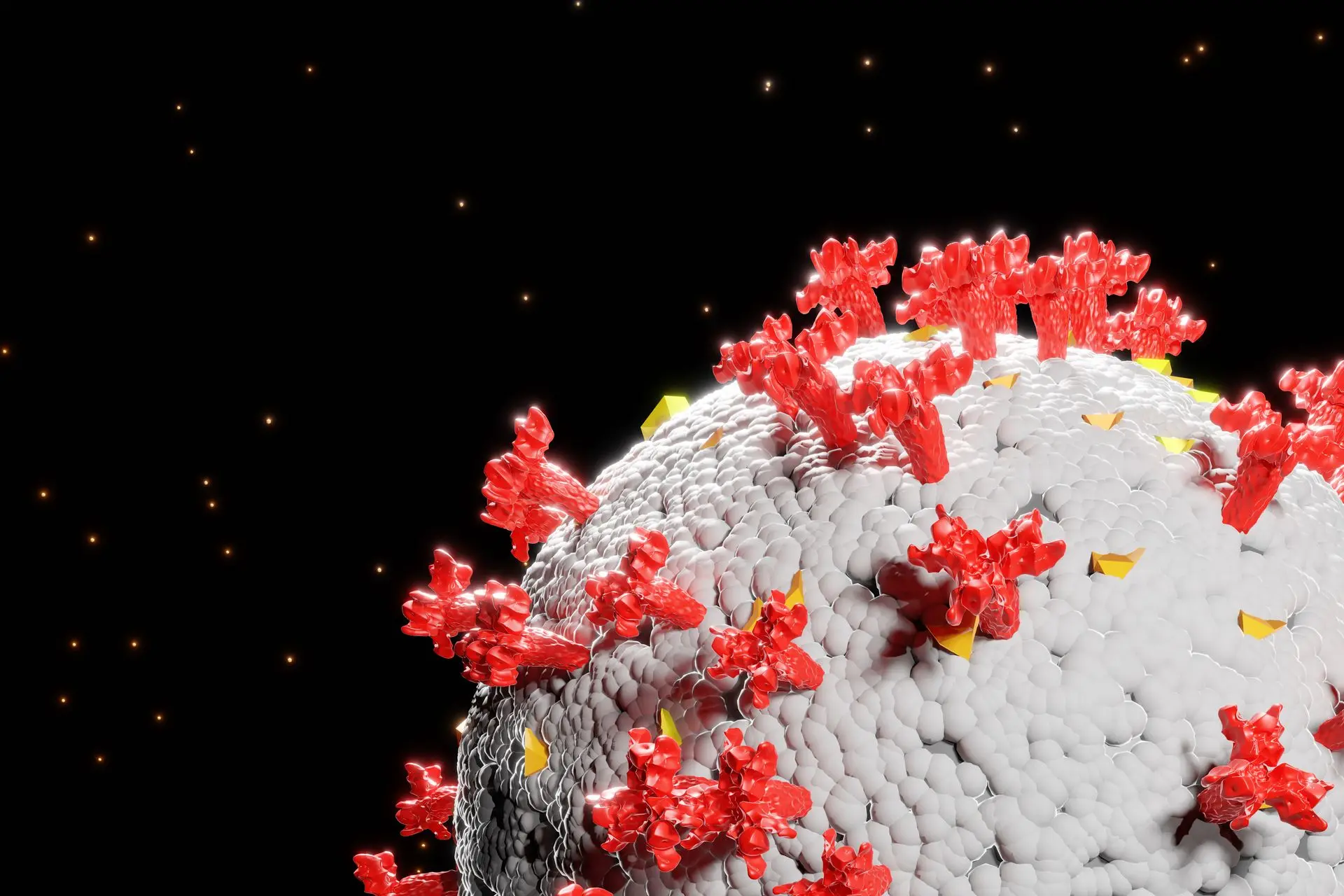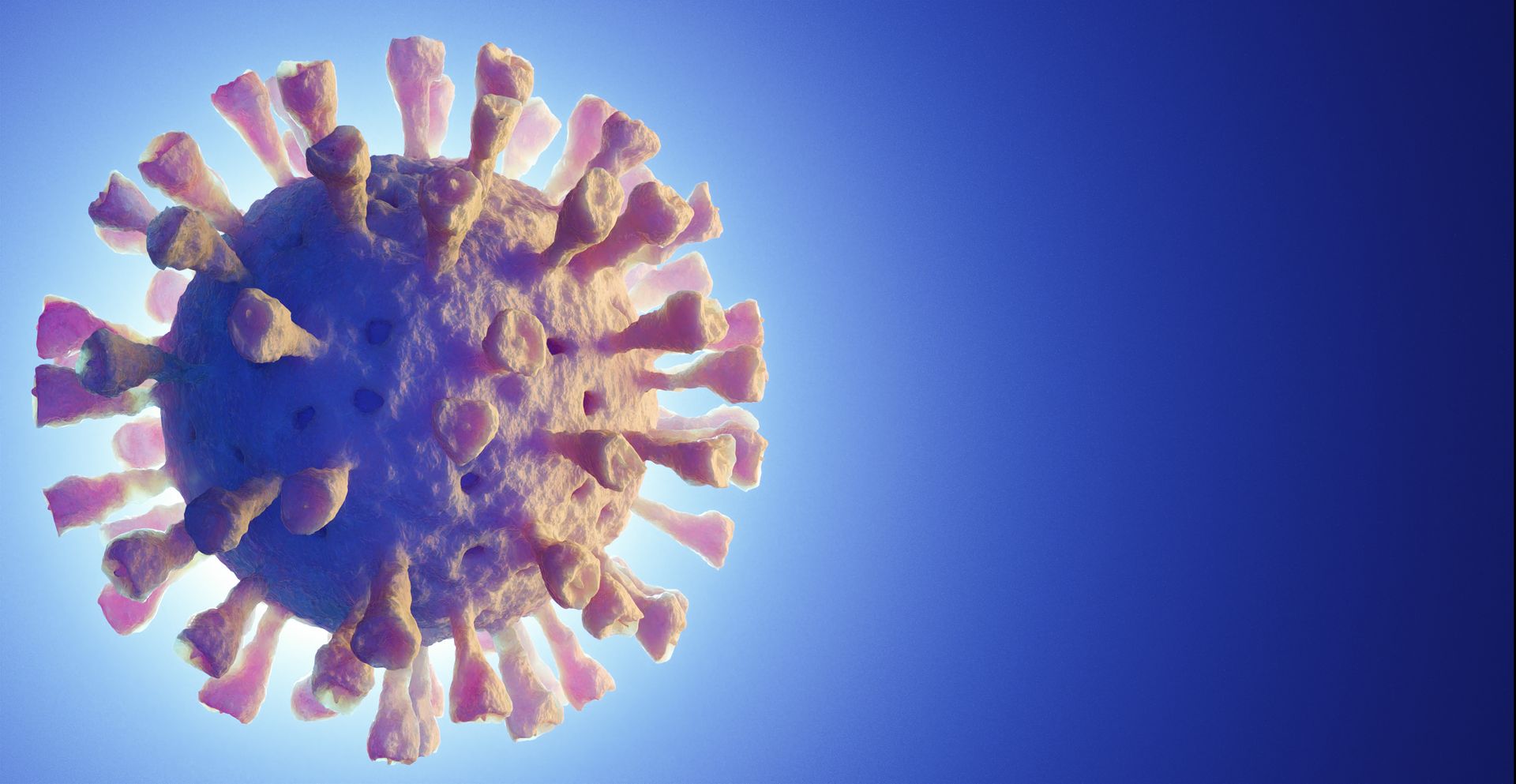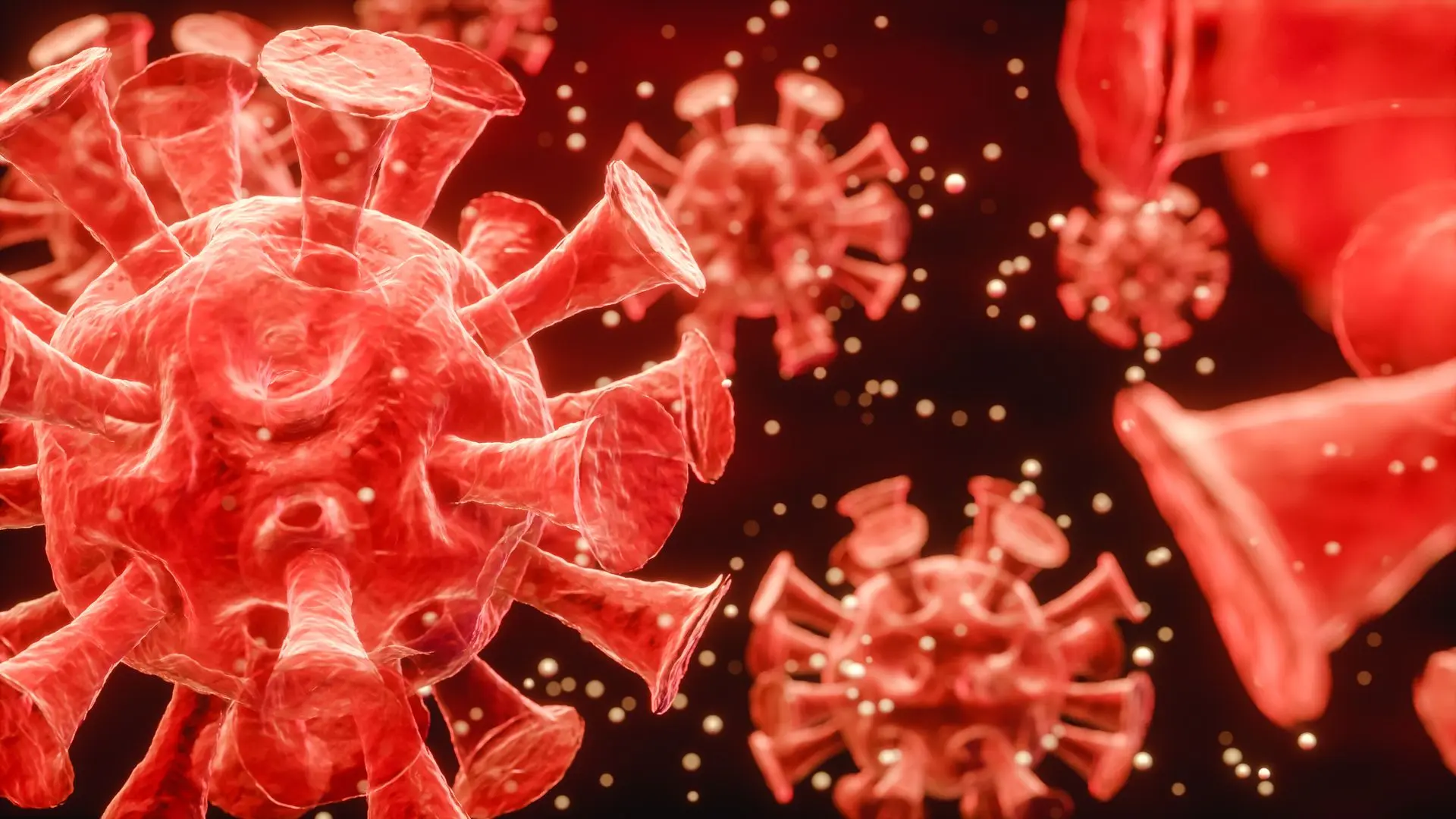Structural Characteristics
Virion Morphology:
- Spindle-shaped structure.
- Dimensions: 64±3 nm in diameter and 112±6 nm in length.
- Features short fibers at one pole.
Morphological Similarity:
- Closely resembles viruses in the families Fuselloviridae and Halspiviridae, which infect hyperthermophilic and hyperhalophilic archaea, respectively.
Genomic Features
Genome Composition:
- Linear double-stranded DNA (dsDNA), measuring 27–29 kilobase pairs (kbp).
- Contains 176 bp terminal inverted repeats.
Gene Encoding:
- Encodes 48 genes, including:
- Protein-primed B DNA polymerase, commonly found in archaeal viruses and mobile genetic elements with similar linear genomes.
- Other proteins unrelated to archaeal or bacterial viruses, highlighting its unique genomic composition.
Replication Dynamics
Replication Mode:
- Non-lytic: Virus exits host cells without causing cell death.
- Chronic: Virus persists in the host without significant immune clearance, potentially leading to long-term presence and activity.
Genome Replication:
- Likely mediated by the virus-encoded protein-primed family B DNA polymerase, a mechanism shared with other archaeal viruses.
- Includes a proliferating cell nuclear antigen (PCNA), presumed to assist in viral genome replication.
Ecological and Biological Relevance
The unique properties of Thaspiviridae—such as its spindle-shaped structure, association with Nitrosopumilus archaea, and reliance on novel replication proteins—offer valuable insights into viral evolution and archaeal virus-host interactions.



